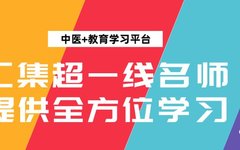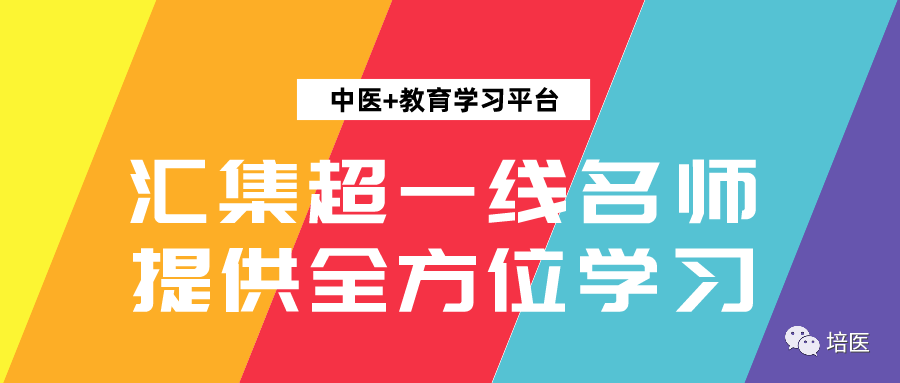Subscribe to Topics and Featured Articles
Expert Profile
Liú Guànjūn (1929-2001), male, from Huinan, Jilin. He was taught by his uncle, Mr. Tián Rùnzhōu, at a young age, and later studied under the expert in Shanghan Lun, Mr. Hóng Zhémíng, for six years without interruption, mastering the teachings of both schools. In 1956, he was appointed to teach in Changchun, where he lectured on courses such as “Jīn Guì,” “Diagnosis,” “Wēn Bìng,” “Various Schools of Thought,” “Formulas,” and “Acupuncture.” He advocated for “inheriting the essence of medicine, utilizing the skill of acupuncture, integrating the strengths of various schools, and pursuing innovation.” He authored several works including “Pulse Diagnosis,” “Zǐ Wǔ Liú Zhù Yì Tōng,” “Selected Modern Acupuncture Medical Cases,” “Insights into Acupuncture Medicine,” and “Collection of Acupuncture Techniques,” as well as “Compilation of Acupuncture Point Names and Explanations” and “Needle and Moxibustion Therapy.” With the assistance of Director Jǐng Bóshū, he developed an intelligent model of human meridians, which was selected for exhibition at the International Science and Technology Expo in Japan. He served as a council member of the Chinese National Association of Traditional Chinese Medicine, a council member of the National Acupuncture Society, vice-chairman of the Provincial Association of Traditional Chinese Medicine, chairman of the Provincial Acupuncture Society, professor at Changchun University of Traditional Chinese Medicine, and director of the affiliated hospital.
The Application of the Eight Principles in Clinical Acupuncture
The Eight Principles are one of the fundamental methods of differentiation in Traditional Chinese Medicine (TCM), a theory summarized by practitioners throughout history to guide clinical practice. This article briefly discusses the application of the Eight Principles in clinical acupuncture as follows:
01 Differentiation of Yin and Yang, Governing the Six Essentials
Yin and Yang are derived from the Taiji, representing the two different attributes of things, and serve as the overarching principles governing the six essentials of exterior/interior, cold/heat, and deficiency/excess. As stated in the “Sù Wèn: On the Correspondence of Yin and Yang,” “A good diagnostician observes color and palpates the pulse, first distinguishing Yin and Yang.” All disease attributes can be categorized into two major types based on Yin and Yang; for example, exterior is Yang, interior is Yin, heat is Yang, and cold is Yin…
In terms of symptoms, those belonging to interior, deficiency, cold, or presenting with no heat, aversion to cold, excessive sweating, pale complexion, cold abdomen, clear urination, loose stools, and undigested food, etc., fall under the category of Yin syndromes. For Yin syndromes, acupuncture points on the Ren and Du meridians are often selected to warm Yang and disperse cold; in practice, it is advisable to use more moxibustion and less needling, and to retain needles longer and withdraw them slowly. If Yang deficiency is present, with symptoms of fear of cold, pale complexion, heavy sweating, it is advisable to use more moxibustion and less needling; if Yin deficiency is present, with symptoms of tidal fever, night sweats, dry throat, and sore throat, it is advisable to use more needling and less moxibustion (see Table 1).
Yin and Yang Differentiation Selection of Acupuncture Points

02 Differentiation of Exterior and Interior, Needling Depth
Exterior and interior are two principles used to differentiate the depth of disease location. This method summarizes and indicates the location of pathogenic factors invading the human body and the depth of the disease. As Zhang Jìngyuè stated, “When evil qi invades the body, it first lodges in the skin and hair.” “Interior syndromes are those diseases affecting the internal organs.”
This indicates that the six excesses invade the body, first harming the skin and hair, leading to symptoms such as headache, fever, aversion to cold, absence of sweating, nasal congestion, fatigue, and a thin tongue coating with a floating pulse, which are classified as exterior symptoms. For exterior symptoms, treatment should be aimed at inducing sweating, with acupuncture points such as Dà Zhuī (Dà Zhuī), Shēn Zhù (Shēn Zhù), Fēng Mén (Fēng Mén), Pèi Yú (Pèi Yú), Shǎo Shāng (Shǎo Shāng), Hè Gǔ (Hè Gǔ), and Qū Chí (Qū Chí) being commonly used, as these points are predominantly Yang and have the ability to defend against external pathogens, thus facilitating the expulsion of pathogens from the exterior.
In practice, shallow needling with quick withdrawal is recommended to achieve sweating and resolve the exterior, harmonizing Ying and Wei, allowing the pathogenic factors to be expelled from the exterior.
If the pathogenic factor has transmitted internally, presenting with high fever, delirium, irritability, thirst, red urination, constipation, yellow tongue coating, and rapid pulse, it is classified as an interior syndrome. For interior heat, treatment should focus on clearing heat, with acupuncture points such as Dà Zhuī (Dà Zhuī), the twelve Jing-well points to drain the Yang channel heat, and points like Qū Chí (Qū Chí), Hè Gǔ (Hè Gǔ), Tiān Shū (Tiān Shū), and Zú Sān Lǐ (Zú Sān Lǐ) to open the bowels and drain heat.
In practice, deep needling with draining techniques is recommended to achieve the goal of clearing heat from the interior.
The above outlines the general principles of exterior and interior differentiation; if it is a case of exterior cold and interior cold, moxibustion should be used; if it is exterior heat and interior heat, needling without moxibustion is advisable (see Table 2).
Exterior and Interior Differentiation Selection of Acupuncture Points

03 Differentiation of Cold and Heat, Needling Techniques
Cold and heat are two principles used to differentiate the nature of diseases, summarizing the two groups of symptoms reflecting the excess or deficiency of Yin and Yang in the body. As stated in the “Sù Wèn: On the Correspondence of Yin and Yang,” “When Yang is excessive, it leads to heat; when Yin is excessive, it leads to cold.” Zhang Jìngyuè further clarifies that “Cold and heat are transformations of Yin and Yang.” The differentiation of cold and heat can be recognized through symptoms such as thirst, urination, pulse, and extremities. For example, if symptoms include cold extremities, aversion to cold, abdominal pain with loose stools, curled up posture preferring quietness, pale tongue with white and slippery coating, and a slow and deep pulse, it falls under the category of cold syndromes. For cold syndromes, treatment should focus on warming the cold, using points on the Ren meridian (Qì Hǎi, Guān Yuán, Shén Què), Du meridian (Mìng Mén, Yáng Guān), Kidney meridian, and Spleen meridian points, applying warming needles with prolonged retention to achieve the goal of warming the interior, dispersing cold, and reviving Yang Qi. Specific applications include:
(1) Warming the Middle and Dispelling Cold Used for cold dampness in the stomach, points such as Zhōng Wǎn and Jiàn Lǐ can be selected, with prolonged retention and warming moxibustion.
(2) Nourishing the Ming Fire Used for deficiency cold in the lower back, points such as Mìng Mén and Yáng Guān can be selected, with prolonged retention and warming moxibustion.
(3) Warming and Unblocking Meridians Used for atrophy syndrome, local acupuncture points can be selected, with prolonged retention and warming needle supplementation.
If symptoms include high fever and thirst, a red tongue with thick yellow coating, a rapid and strong pulse, and dry constipation, it falls under the category of heat syndromes.
For heat syndromes, treatment should focus on clearing heat, using points such as Dà Zhuī (Dà Zhuī), Shēn Zhù (Shēn Zhù), Dà Liǎng (Dà Liǎng), and Wèi Jīng (Wèi Jīng), applying heavy needling with quick withdrawal to achieve the goal of draining the Yang channel’s evil heat. Specific applications include:
(1) Clearing Heat and Opening Orifices Used for high fever and delirium, points such as Rén Zhōng and Bǎi Huì can be selected.
(2) Clearing Heat and Nourishing Yin Used for Yin deficiency with internal heat, points such as Tài Xī and Yīn Qi can be selected.
(3) Clearing Heat and Detoxifying Used for high fever with internal accumulation, points such as Shǎo Shāng and Hè Gǔ can be selected (see Table 3).
Cold and Heat Differentiation Selection of Acupuncture Points

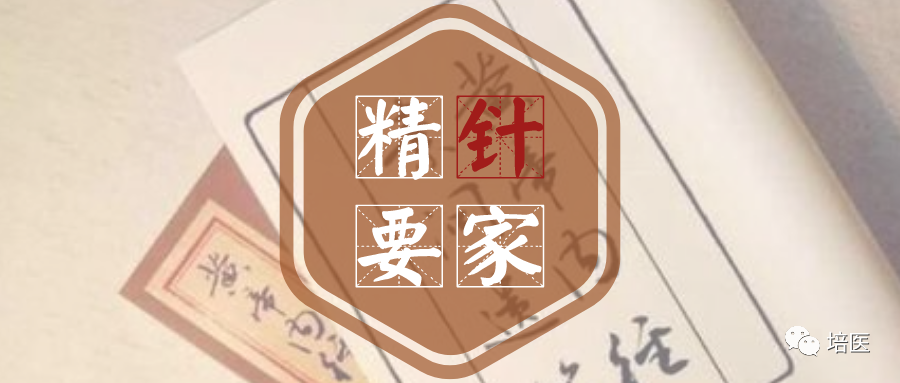
04 Differentiation of Deficiency and Excess, Needling Techniques
Deficiency and excess are two principles used to differentiate the strength of the body’s righteous Qi and the severity of pathogenic factors. Treatment should follow the principle of “supplementing deficiency and draining excess” to determine the appropriateness of needling or moxibustion.
Patients with a strong constitution and pronounced symptoms of excess, such as solid masses, are classified as excess syndromes; those with a weak constitution and symptoms of deficiency, such as slackness, are classified as deficiency syndromes. For example, symptoms of prolonged illness leading to emaciation, weakness in the limbs, poor appetite, Qi deficiency with palpitations, and spontaneous sweating are classified as deficiency syndromes, and points on the Ren meridian (Qì Hǎi, Guān Yuán), Spleen and Kidney meridian points, and Du meridian (Mìng Mén, Yáng Guān) can be selected, applying light needling for supplementation or heavy moxibustion with less needling to achieve the goal of replenishing deficiency and invigorating Yang Qi.
If acute illness presents with a strong constitution, delirium, pain, and abdominal distension with constipation, it is classified as excess syndromes, and points on the Du meridian (Dà Zhuī, Shēn Zhù, Rén Zhōng), Stomach meridian (Zú Sān Lǐ, Fēng Lóng), Sanjiao meridian (Zhī Gōu, Wài Guān), and Large Intestine meridian (Qū Chí, Hè Gǔ) can be selected, applying heavy needling for draining to achieve the goal of draining excess (see Table 4).
Deficiency and Excess Differentiation Selection of Acupuncture Points

Extended Reading
-
Liú Guànjūn: The Application of Spleen and Stomach Theory in Clinical Acupuncture
-
[Essentials of Acupuncture] Liú Guànjūn’s Clinical Experience: Treatment Based on Differentiation and Formula Composition (with Collection of Papers)
-
Chén Quánxīn: Discussion on the Differentiation and Acupuncture Treatment Patterns of Bi Syndrome
-
Yáng Jièbīn: Experience in Analyzing the Pathogenesis of Meridians
Recommended Columns
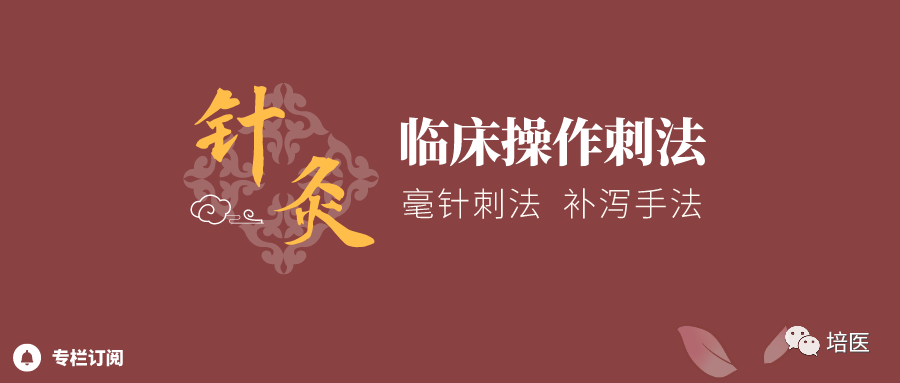
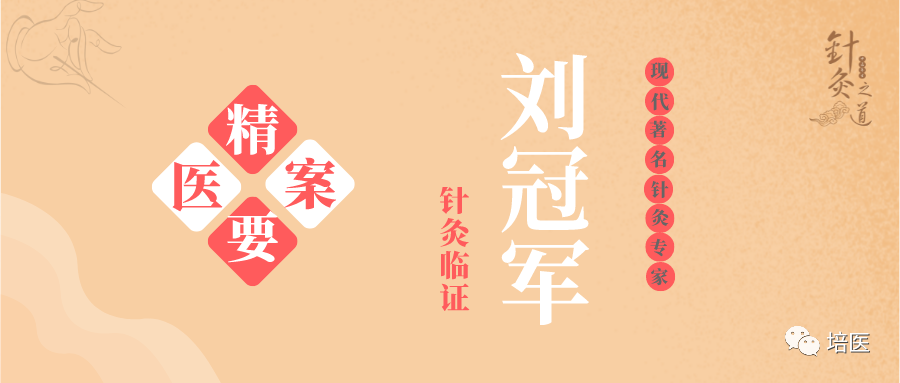
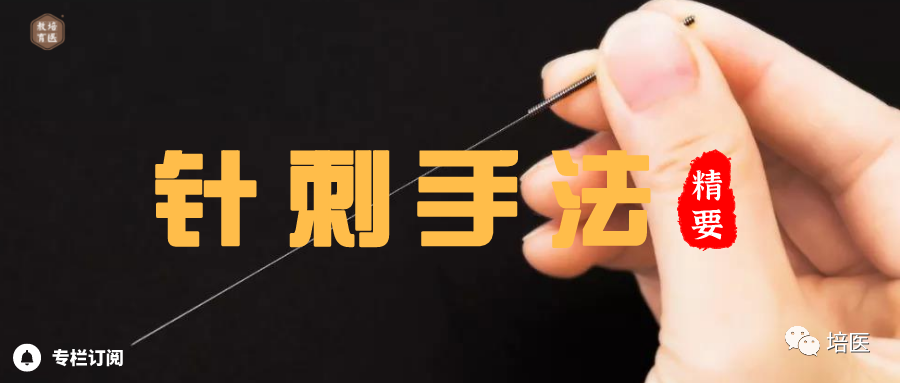
○Note: This article is organized by Pei Yi Education (TCMEDU), authored by Liú Guànjūn. The various prescriptions and formulas mentioned are for reference and learning purposes only and should not be used as prescriptions. Please do not use them blindly; this platform does not bear any responsibility for any consequences arising from this!
 Join the WeChat Pure Group, no spam, learn together every day(Valid for 7 days, please check the latest articles if expired)
Join the WeChat Pure Group, no spam, learn together every day(Valid for 7 days, please check the latest articles if expired)

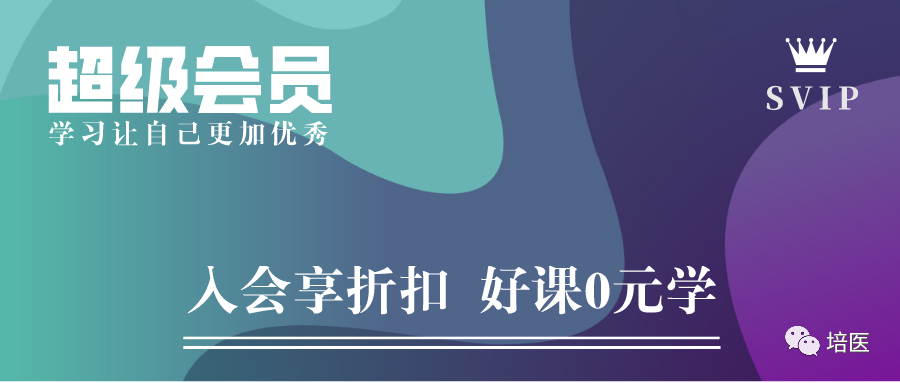
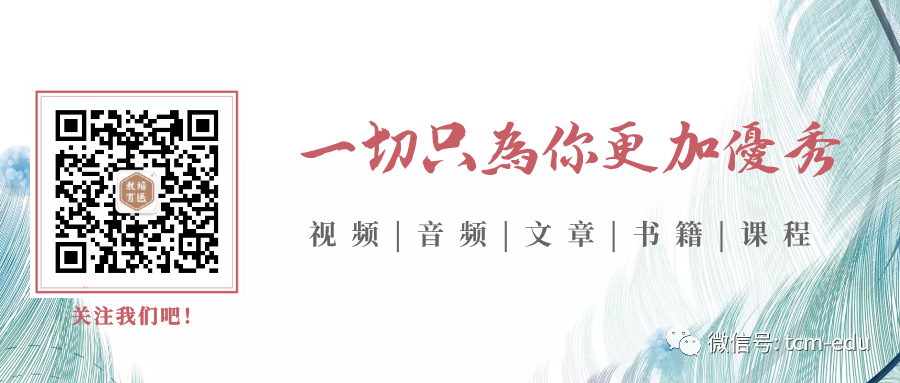
Every like 👍 and view, I appreciate!

